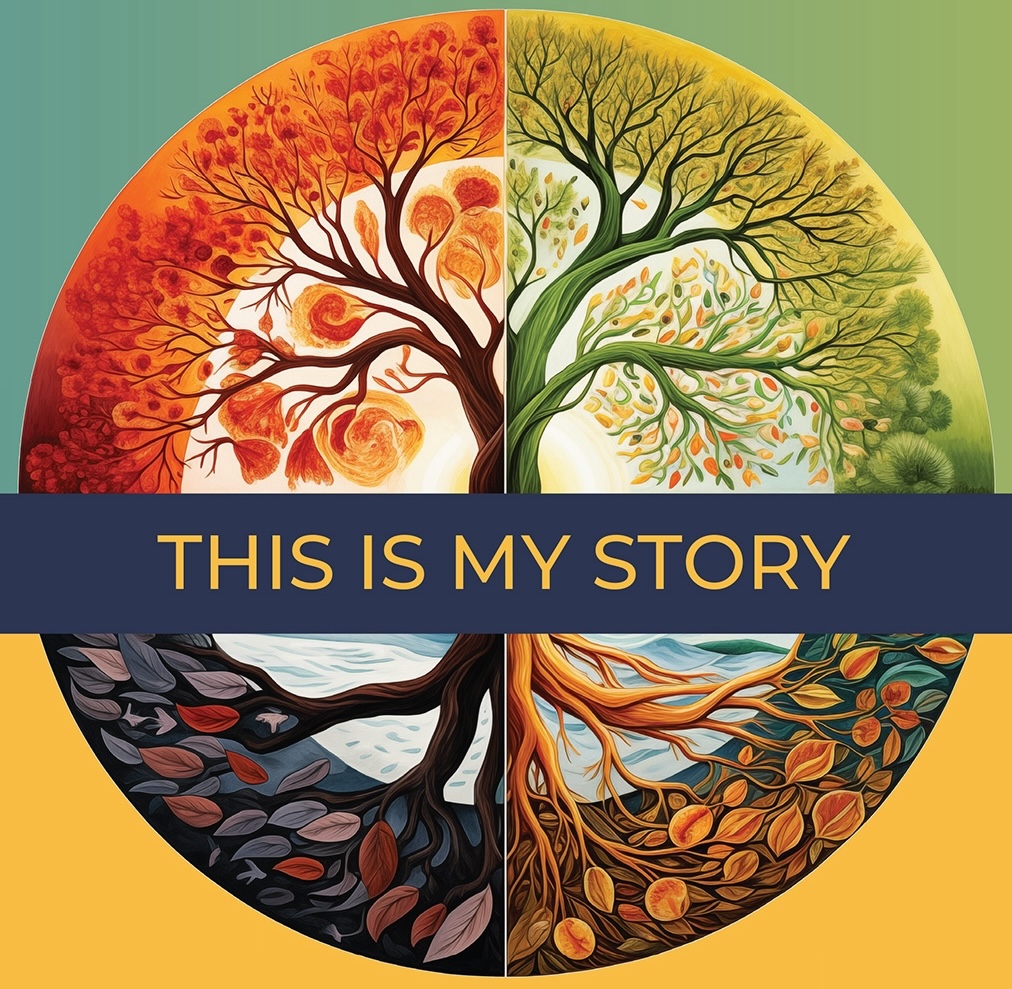From Right to Know‘s Kara Rubinstein Deyerin, My Re-Birthday Book is an ingenious workbook for adoptees, NPEs (not parent expected), and donor-conceived people—anyone who’s had a DNA surprise or a shift in understanding about family ties. As a birthday book celebrates a new life and forms a record of identity, this Re-Birthday book does the same for those who’ve had to reimagine their families and their identities after experiencing a shocking disconnect. It’s a space to process the changes and challenges and record the journey—a creative means of affirming and documenting a profound transformation. Filling in the pages is certain to be an exercise in deep reflection, leading to a richer self-understanding. For people who may have felt as if life had rewritten their stories, this workbook is a tool they can use to take the narrative into their own hands and rewrite their own stories.


